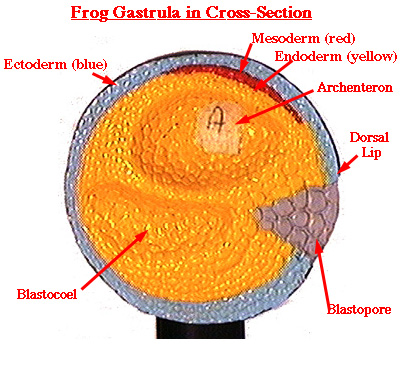

One apparent difference between these two major groups is that before gastrulation the cells of the complex corals thus far described (mainly Acropora species) spread and flatten to produce the so-called prawn chip, which lacks a blastocoel.

Data from both histologically sectioned embryos and whole mounts are presented. In this paper we describe the embryonic development of four "complex" species, Pseudosiderastrea tayamai, Galaxea fascicularis, Montipora hispida, and Pavona Decussata, and seven "robust" species, Oulastrea crispata, Platygyra contorta, Favites abdita, Echinophyllia aspera, Goniastrea favulus, Dipsastraea speciosa (previously Favia speciosa), and Phymastrea valenciennesi (previously Montastrea valenciennesi). The current consensus is that there are two major groups of stony corals, the "complex" and the "robust". In spite of these threats, detailed descriptions of embryonic development are not available for many coral species. Major threats include the loss of their photosynthetic symbionts ( Symbiodinium) caused by rising temperatures (bleaching), reduced ability to calcify caused by ocean acidification, increased storm severity associated with global climate change and an increase in predators caused by runoff from human agricultural activity. A comprehensive understanding of coral reproduction and development is needed because corals are threatened in many ways by human activity.


 0 kommentar(er)
0 kommentar(er)
